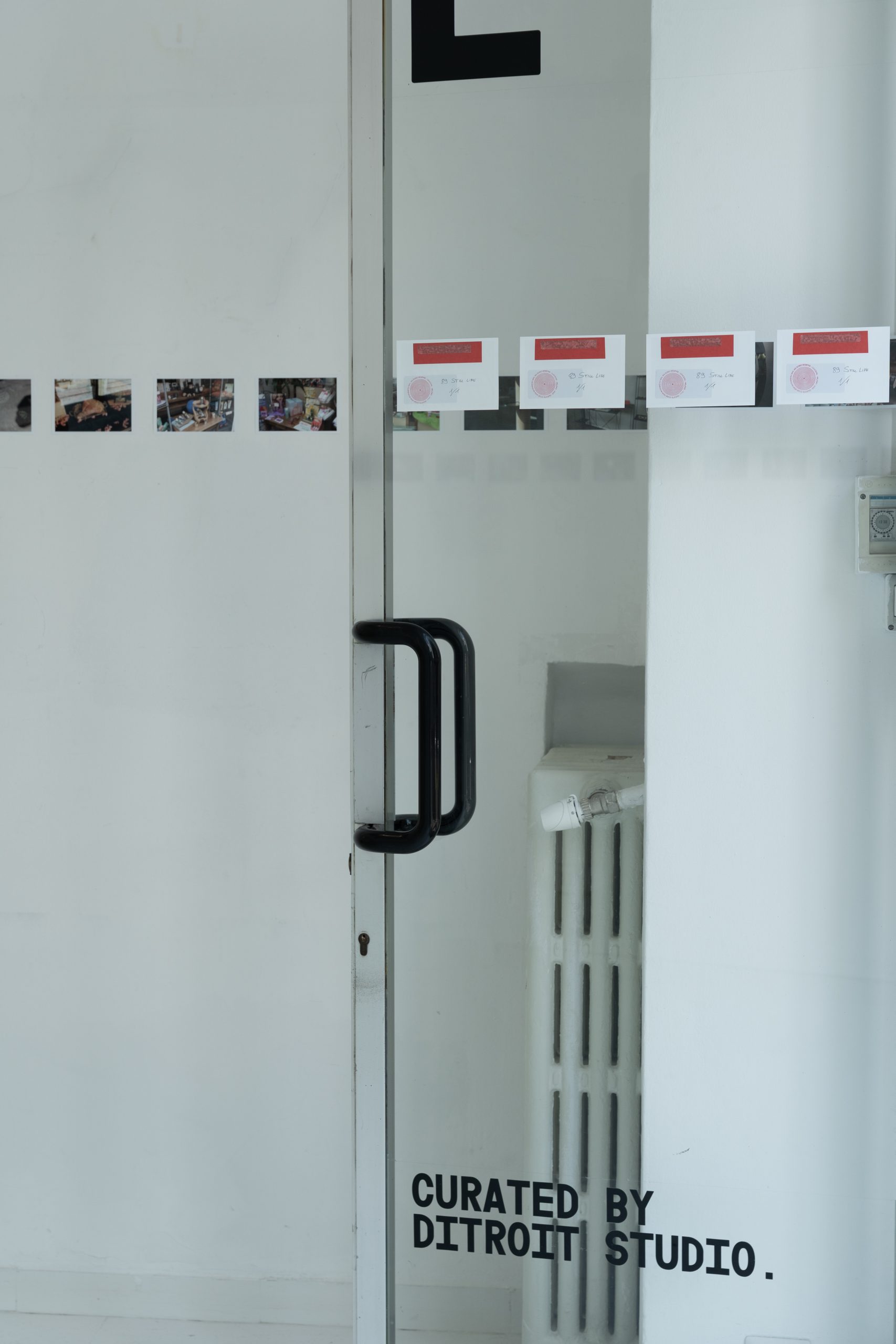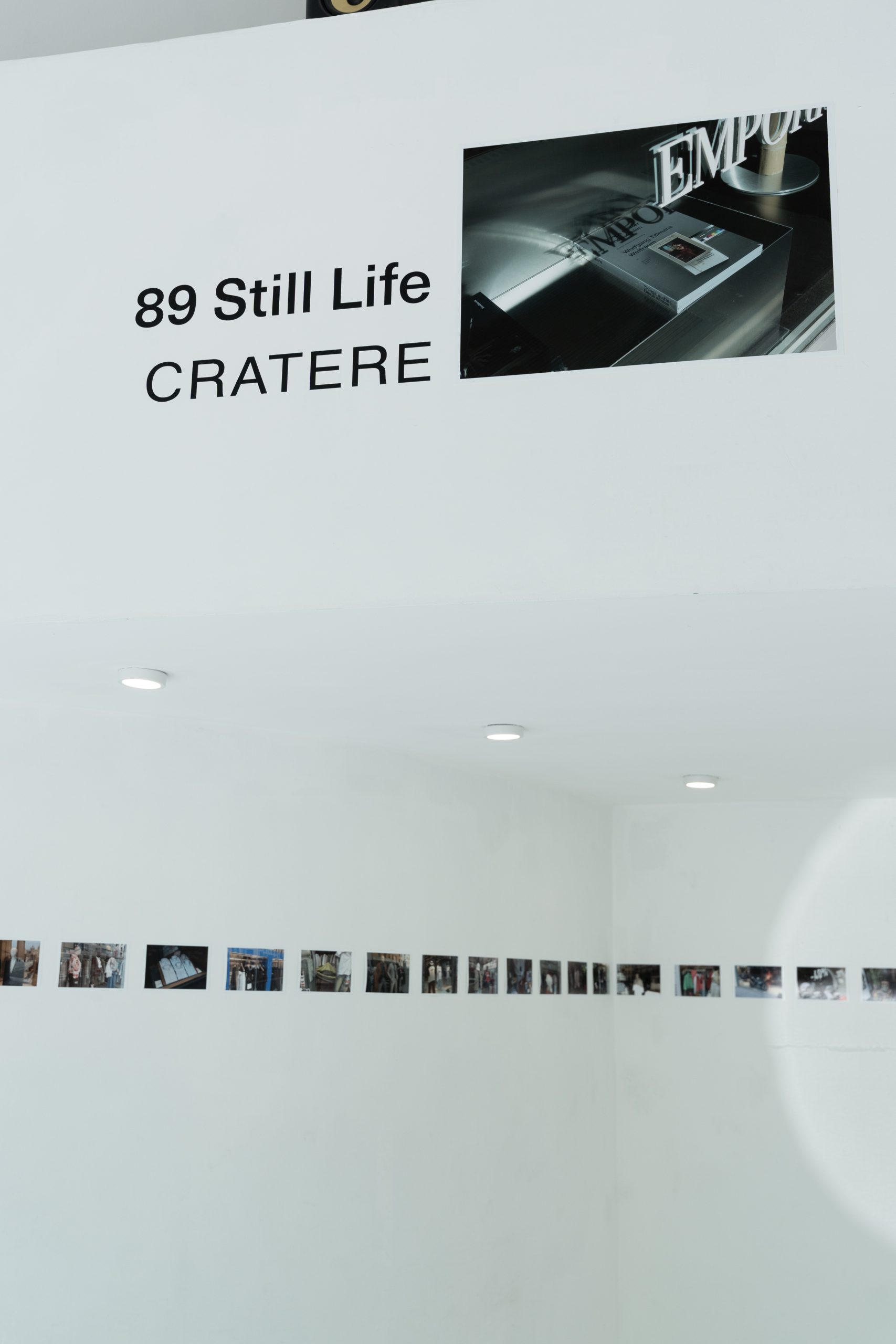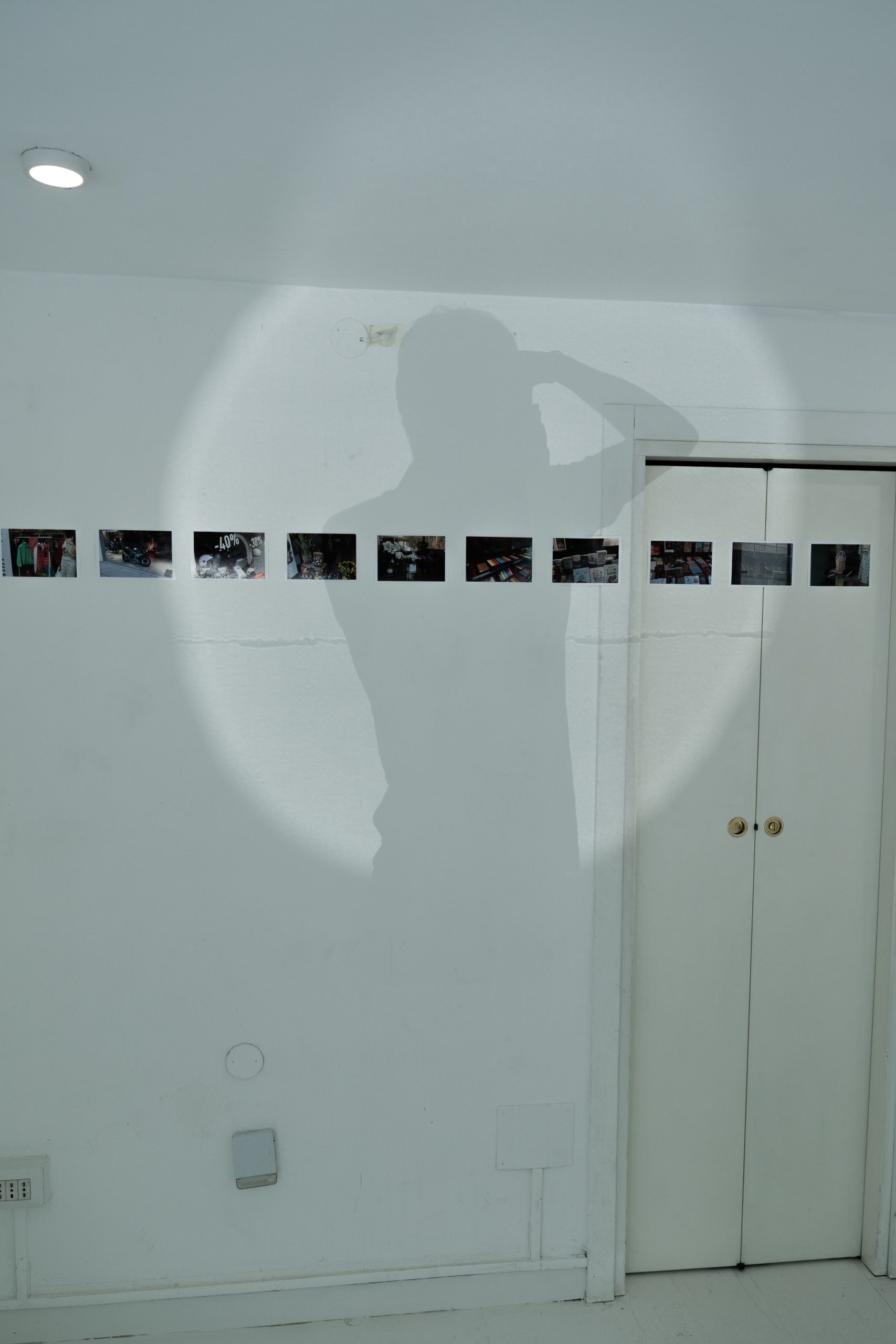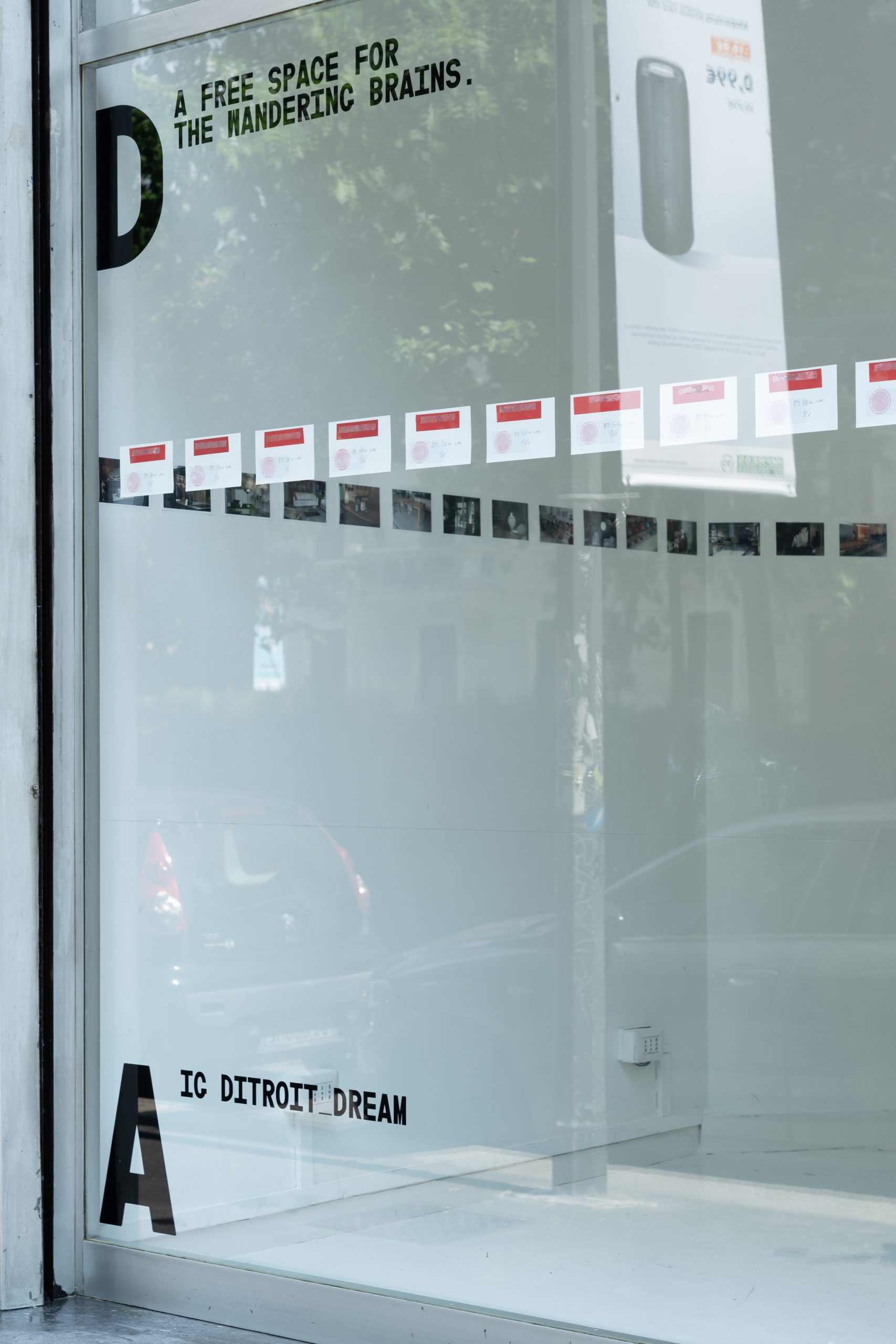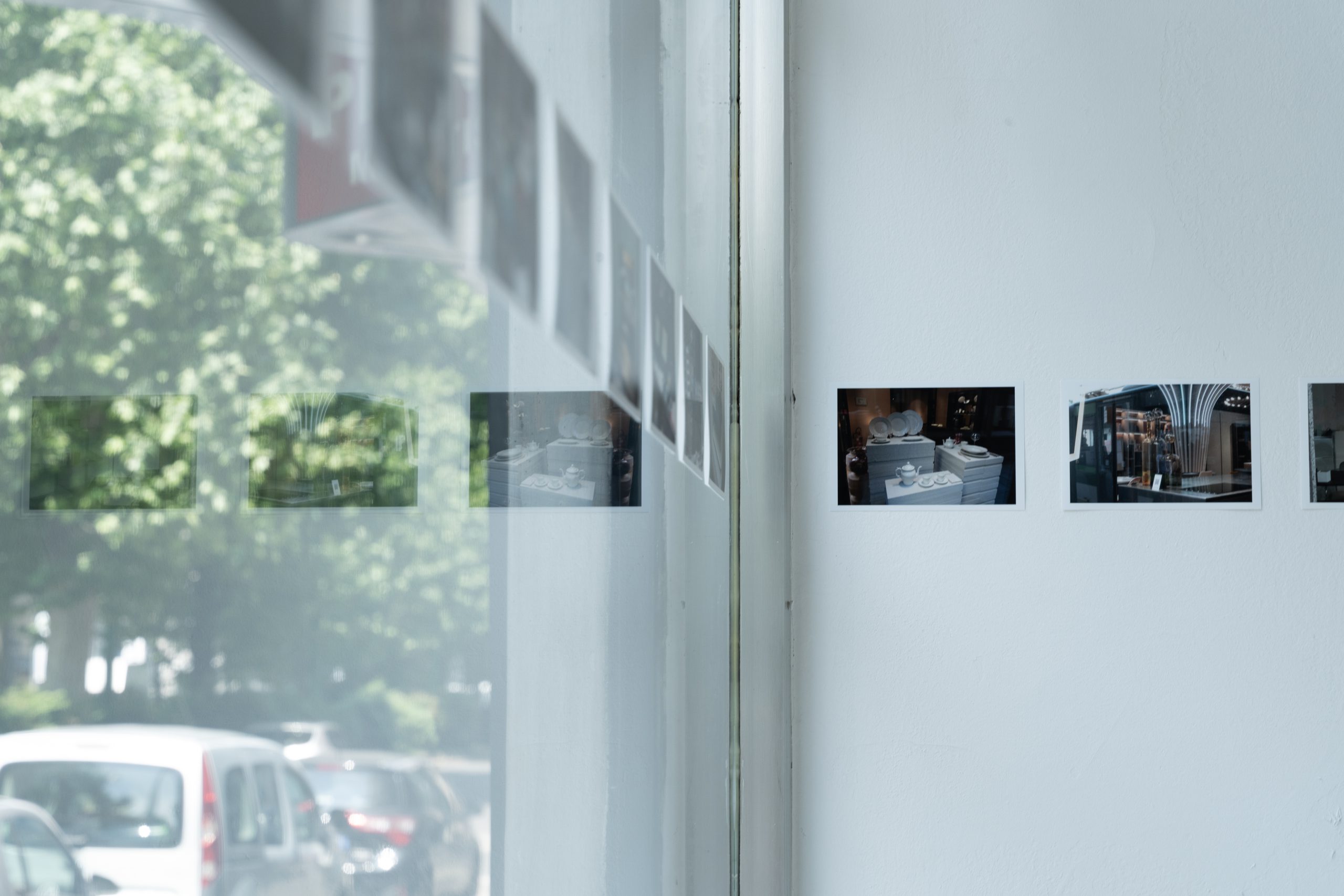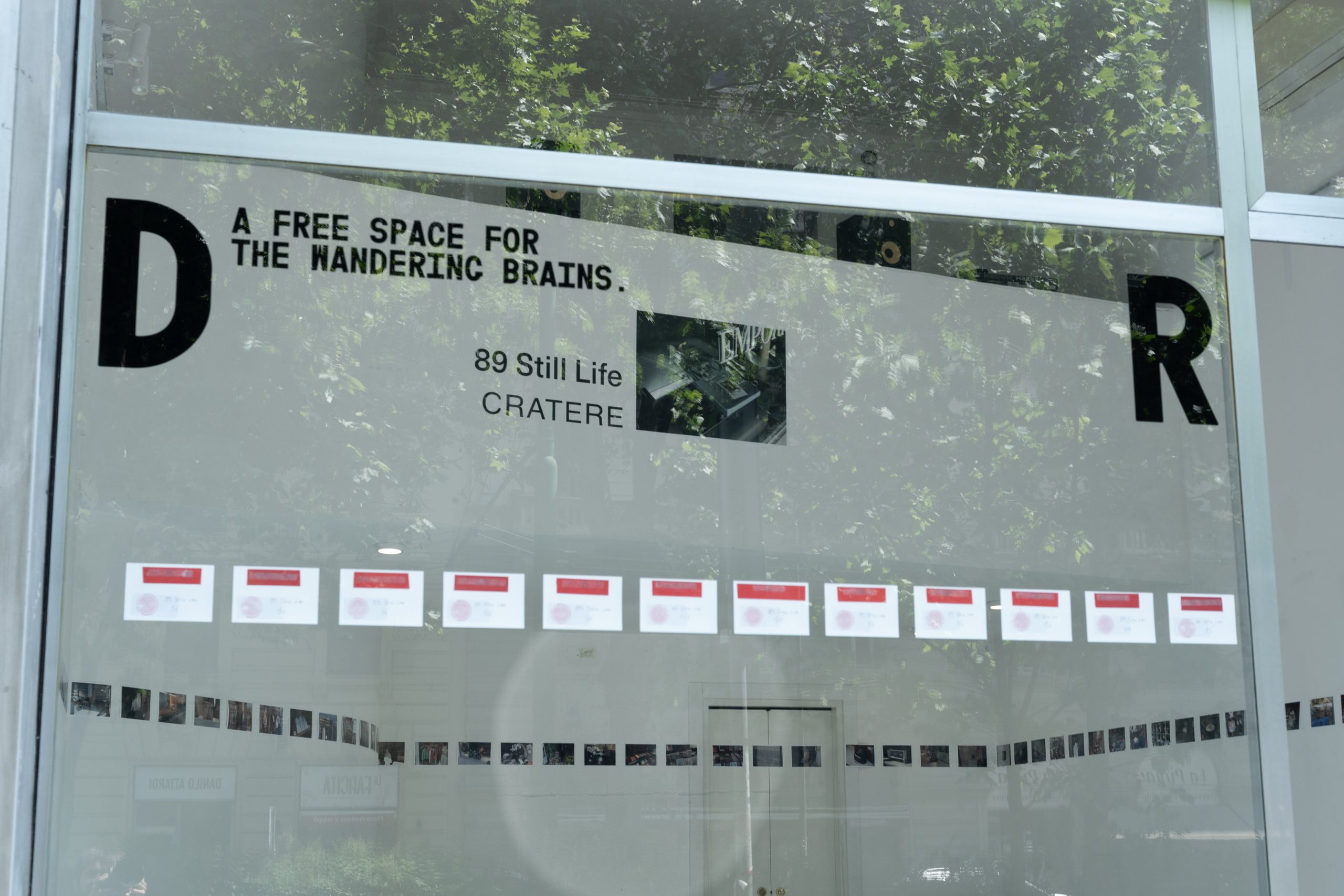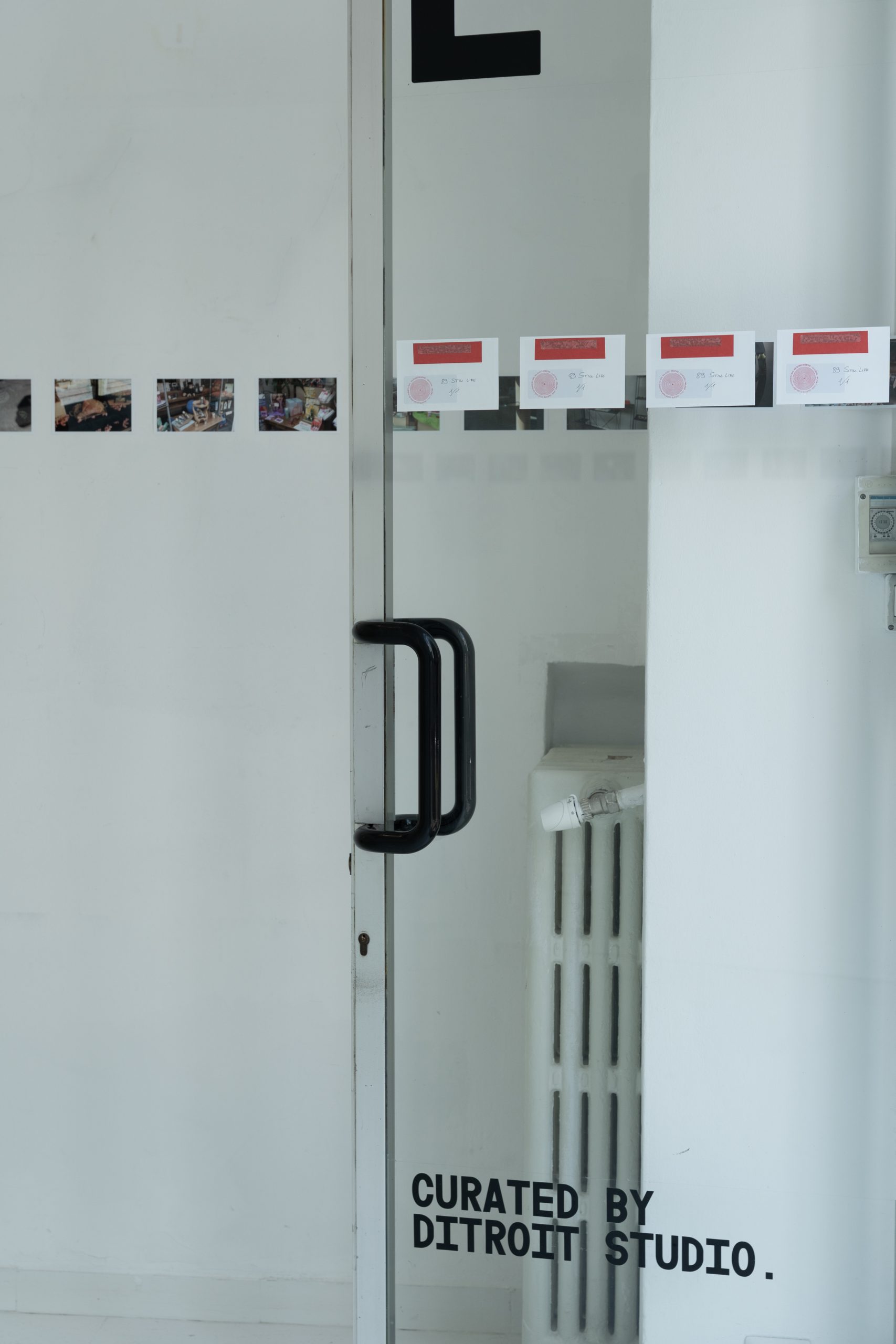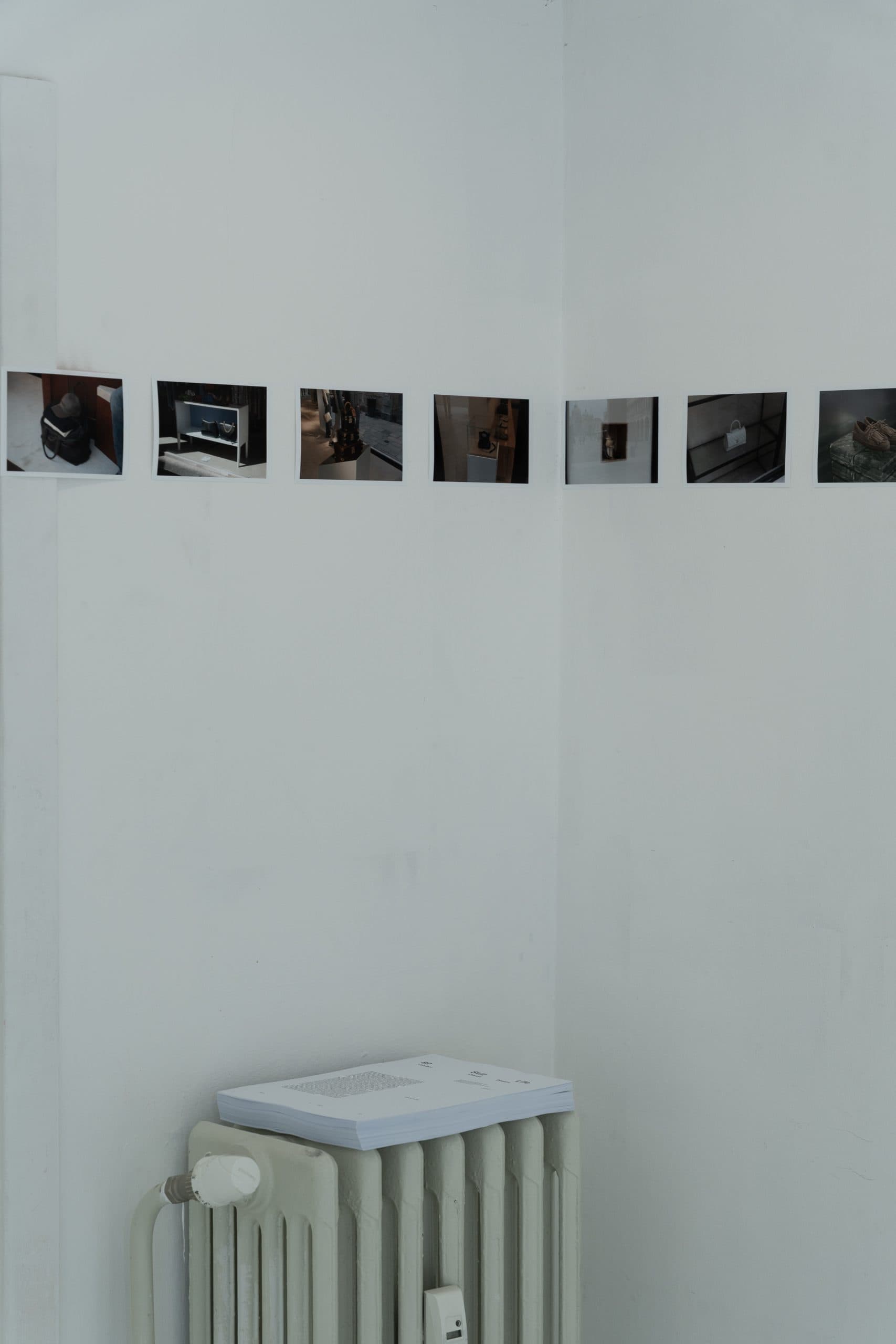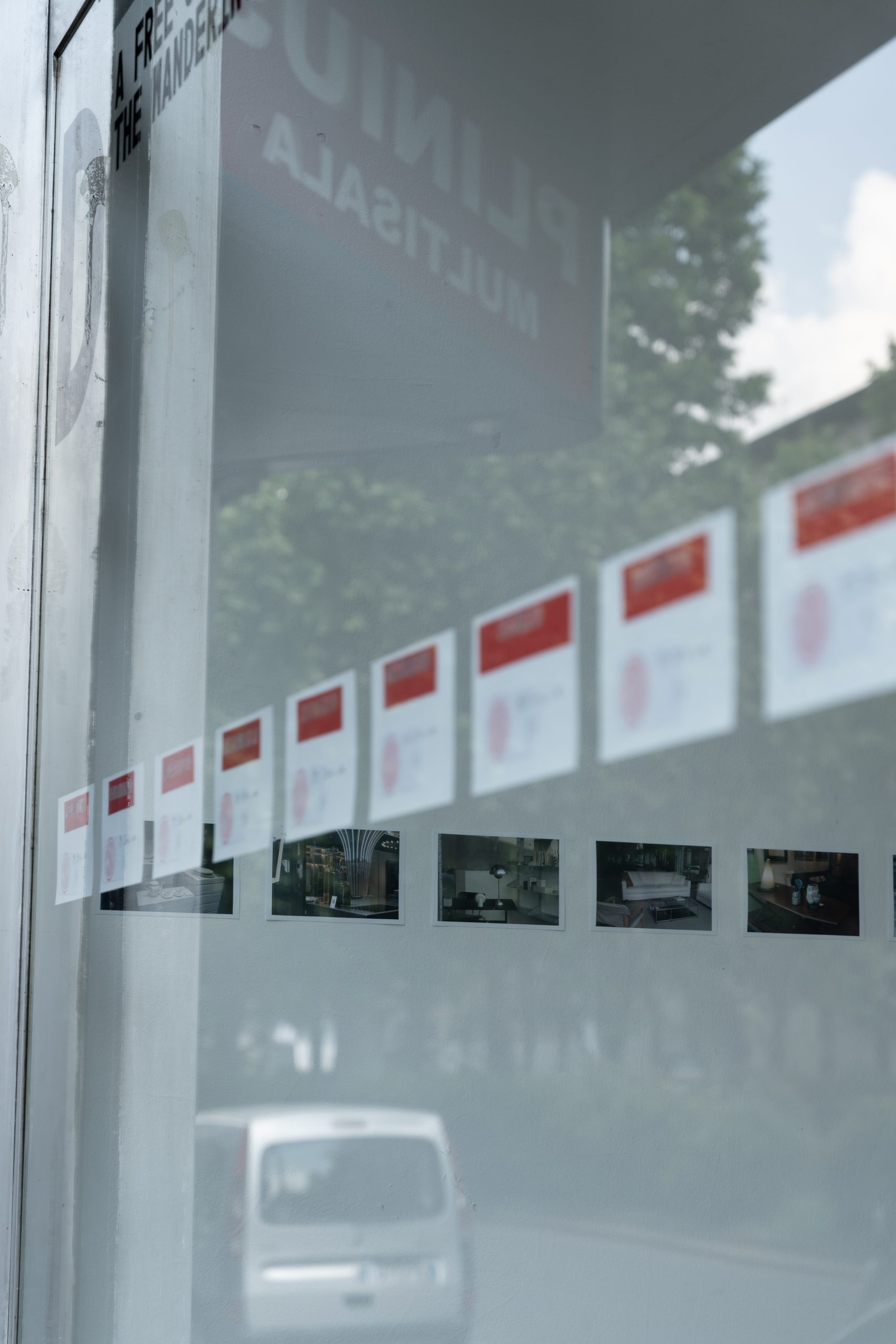A new way of looking at the city through its windows, on view at Dream, Milan
In an age when photography is often reduced to a tool for consumption—desire, advertising, exposure—Studio Cratere chooses a slower, quieter path: one of observation. Their latest project, exhibited at Dream, Ditroit Studio’s street-facing gallery in Milan, is composed of quick, unconstructed snapshots of shop windows. These photographs don’t aim to impress. They don’t try to please. They simply look.
At the heart of the work is the shop window—not only as a commercial device but as a cultural symbol. A threshold between inside and outside, between the object and the gaze, the visible and the imagined. A space where desire is staged and meaning is coded through forms we often take for granted.
The images are essential, almost anonymous, and yet it’s precisely this restraint that opens up a quiet tension. Instead of dramatizing or editorializing, the project registers. With distance, with clarity. Letting the images—silent, pared-back—ask the questions: What draws us in? What do these staged objects tell us? How are our desires constructed and displayed?
Installed at Dream, a 22-square-meter space on Viale Abruzzi 28 that functions as a window-gallery, the photographs directly engage with the urban landscape and those who pass by. The exhibition doesn’t invite you in—it stays on the street, a window among windows, quietly infiltrating the city’s visual rhythm.
This approach reflects the ethos of Dream: “A free space for the wandering brains.” Created by Ditroit in 2023, the gallery offers artists, designers, and dreamers a tangible space to share their analog or digital works with the city—and, through social media, with the world. Nestled near the iconic Bar Basso, a hotspot during Design Week, the gallery becomes part of the city’s visual fabric, catching the eye of passersby not with spectacle, but with stillness.
Founded by Alessio Pinna, Felipe Menezes, and Riccardo Alippi, Studio Cratere is a Milan-based creative collective committed to exploring the tension between aesthetics and meaning. With this series, they resist the pressures of hyper-visual culture in favor of a minimal gesture that feels quietly radical: to observe without interfering.
Perhaps that’s the invitation of this project—to reconsider what it means to look, and to let the act of seeing become, once again, a way of thinking.
